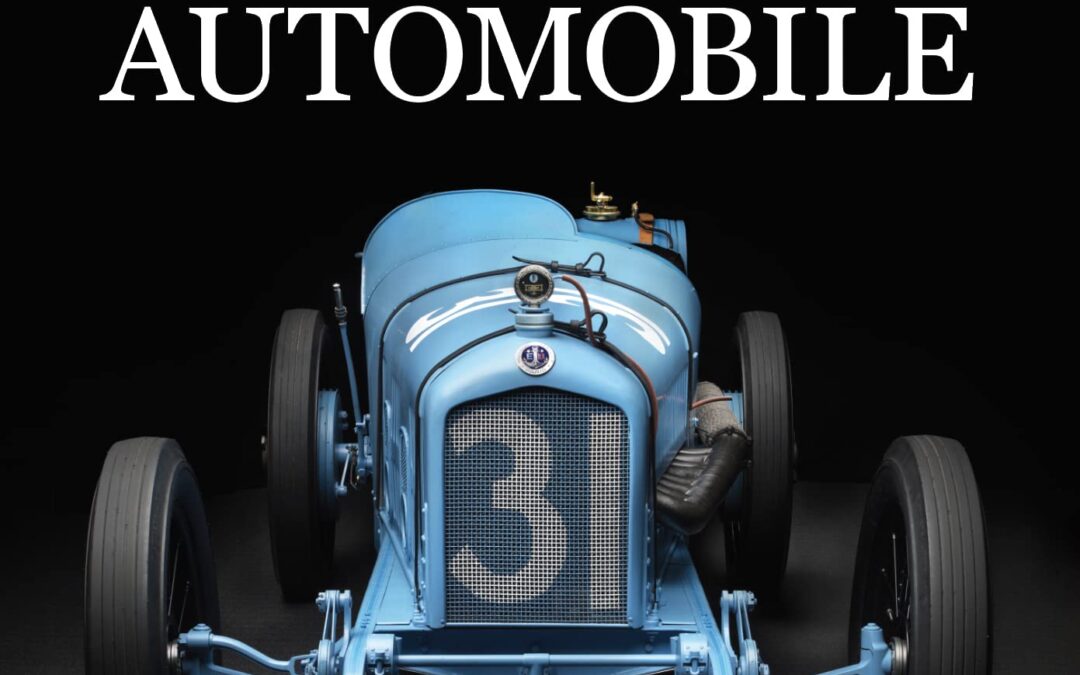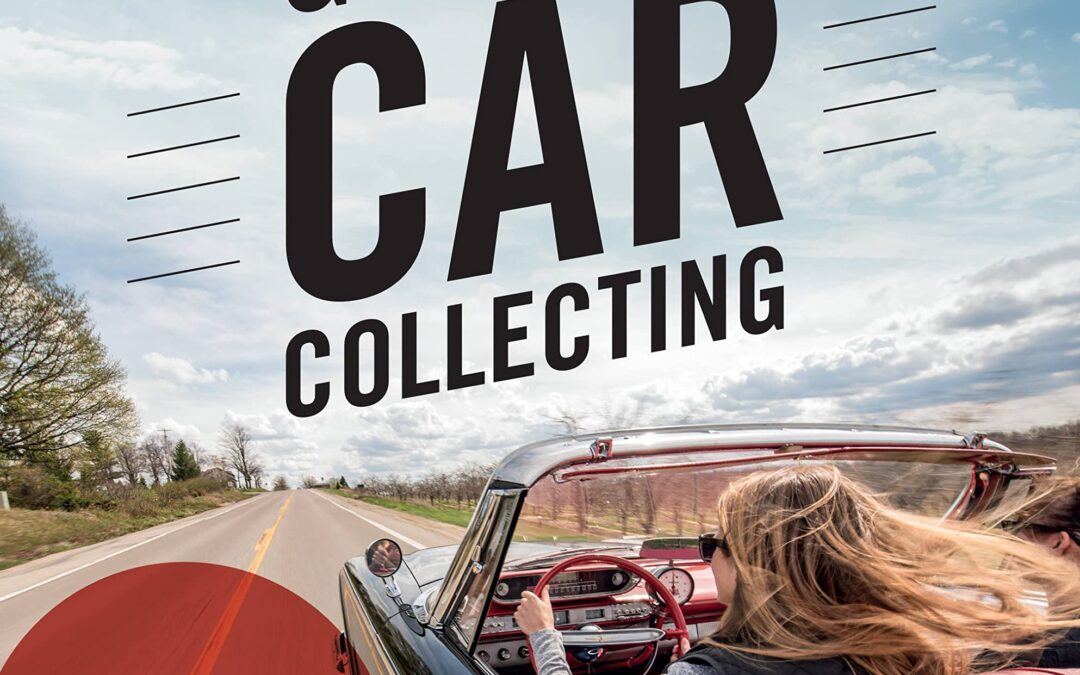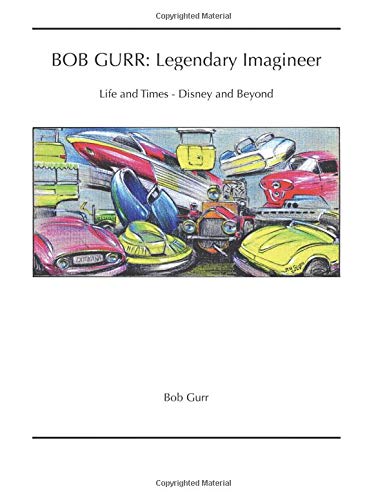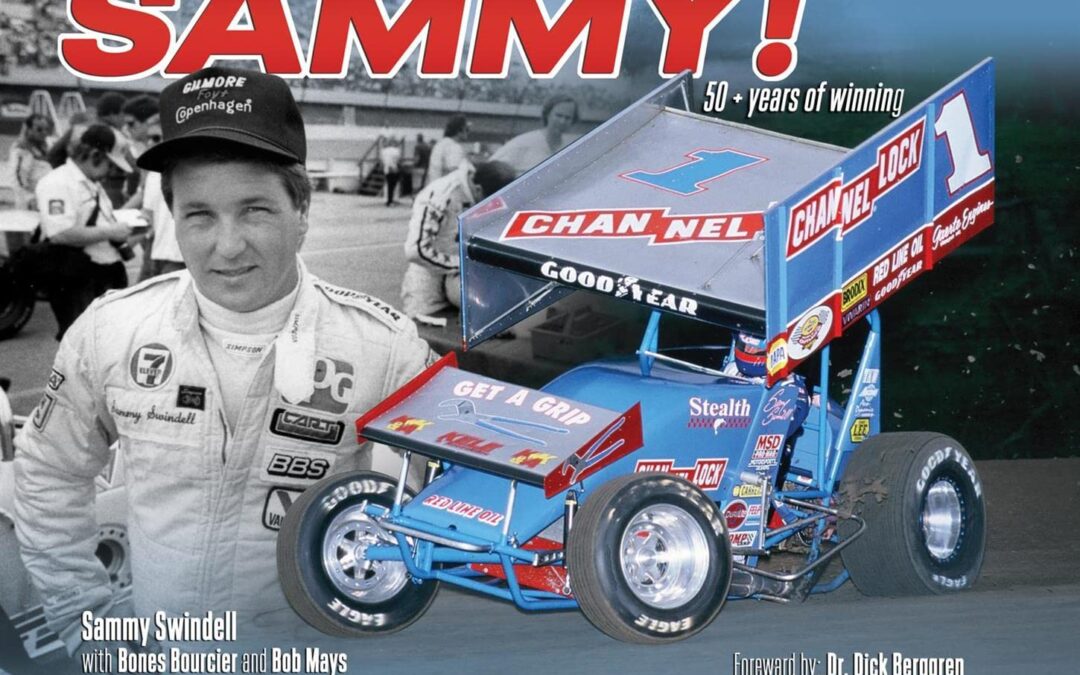
In the last one hundred years, cars have shaped our lives. Other everyday cultural artifacts, such as watches, telephones, musical instruments, and televisions, have certainly had influence, but the car is by far the most significant. Now, change is coming for the car, as it is for so many other industrial artifacts. Once, cars were distinct machines. Now, they are evolving into multifunctional digital devices. New fuels, new modes of travel, and new technologies are disrupting the traditional role of the much-loved family car.
What is to become of this material legacy? Should we really let go of it? Without memory, personal and shared, we lose our way, our individuality, and our culture. This proposition is at the heart of The Archaeological Automobile.
Miles C. Collier’s landmark approach uses an “archaeological mindset” to interpret the automobile as a cultural artifact in six themes:
The Development of the Automobile describes how the car emerged from a pressing human need for mobility, tracing our relationship with horses, our invention of the bicycle, and how we turned our backs on both as daily transport for the allure of the car.
The Rise of the Collectible Automobile asks how and why ratty relics decaying in recycling yards can become valuable and treasured collectibles. It reveals the effect of cultural influences on our perception of cars and on the dynamics of the collector car market.
The Archaeological Mindset picks up a wrench, gets into the workshop, and tracks the restoration of a 1919 Ballot Indy car using hands-on experience and background research while deploying the “archaeological imagination.” The archaeological clues are in the detail.
Collecting and the Archaeological Automobile deals with the characteristics of collecting. Why do we accumulate “stuff”? Is it greed? Is it passion? Is it a desire for legacy? And what makes a “good” collection? Is it bling? Is it style? Is it material worth? The answer lies in connoisseurship.
Restoring the Archaeological Automobile debates the merits of diverse restoration strategies and the reasoning behind them, including the tricky question of how to repaint the tilt-front nose of a 1964 Alfa Romeo GTZ racing car and still preserve the evidence of forty years of accumulated sandblasting and chipping.
The Archaeological Automobile of the Future is a call to action. Cars as we know them are customarily trashed, government regulations encourage indifference, and the skills and knowledge associated with fixing them are slowly vanishing as we lose older generations of experienced craftsmen. How can we preserve humanity’s treasure trove of automotive knowledge for generations to come?
Filled with engaging stories and practical examples, this is a handbook of the most thoughtful practices, not just for automobile owners and the historical car industry, but for collectors, professionals, and users of all kinds of industrial era artifacts.
The Archaeological Automobile combines scholarship, pertinent anecdotes, style, and experience to provide a stimulating account of why we should all be archaeologists now.

It was a reasonable success when in 1999 the first Audi R8 drove directly onto the stage in Le Mans. One year later it was the overall victory with a triumphant triple place. Up until 2016 the race cars with four rings got 12 more victories, making competitors tremble at the world’s hardest motor race. On occasion of the 100th anniversary of the legendary 24 hour race the text-and-picture book Audi in Le Mans undertakes an exciting journey into the past. Impressive pictures and loads of background knowledge from the company’s archives tell us about a piece of Audi history – with fresh eyes and full of suspense. All highlights, all successes: Audi Sport‘s spectacular success story at Le Mans Backgrounds, facts and stories on Audi models, drivers and races Audi race car in the flashlight: numerous photos from the company’s archives Thrilling car book with high-quality design: ideal gift for Audi fans and race enthusiasts Starting a new race car series is a challenge for car makers. The 24 hours of Le Mans are especially known as a severe endurance test for man and material. And Audi knew how to use the famous long-distance race as a stage for new technologies, all the while living up to their slogan “Vorsprung durch Technik” (“leading by technology”): the fast and reliable Audi models left their competitors in the dust. Also, the first victory of a car with diesel-and-hybrid technology went to the German car brand. In more than 300 pages, this illustrated book depicts the impressive history of the brand from 1999 until the WEC exit in 2016.

Satisfy your dream collector-car desires with this one-stop reference for starting or expanding your collection beyond traditional classics and muscle cars.
Focusing on the interests and needs of Generation X and Millennial car collectors, The NextGen Guide to Car Collecting offers a concise history of car collecting to present day, guidance on car buying and living the car-collector life, and an overview of collector cars with a focus on cars built from the 1970s through the 1990s while also touching on more contemporary cars. Chapters highlight Japanese, American, and European cars, particularly those models that have experienced the greatest growth in collector interest over the past decade.
The NextGen Guide to Car Collecting explores the many ways the Internet and social media have changed the classic car marketplace. You’ll learn how to buy a classic car online without suffering buyer’s remorse, as well as the four critical keys to a happy collector-vehicle relationship: 1) possessing discretionary cash for the initial purchase; 2) obtaining a thorough knowledge of the car and its ownership; 3) the critical pre-purchase inspection; and 4) access to a work space.
You’ll also find out why the popularity of late twentieth-century specialty cars will continue to grow (think increasing electronic complication and the still-large number of enthusiasts for whom “self-driving” means driving themselves) and explore the attributes that makes these cars desirable collector vehicles.
In addition, the book looks at the significant increases in quality and reliability of post-1970s machines and how that impacts their collectibility. Finally, learn why expectations that your newfound classic could outlast our current crop of lithium-ion-dependent electric cars may not be unrealistic: recent developments like ride-hailing and sharing services; expanded public transit; rental bikes and scooters; and garage condos and other storage options could actually extend the life of your “new” classic permitting you to truly tailor the use of your classics.
Whether your collection requires a one-stall garage or a pole barn, the practical, useful information and keen perspective of The NextGen Guide to Car Collecting will ensure you pull this volume from your shelf time and again.

Renowned automotive writer Pat Foster celebrates the simple joy of hitting the highway in a vintage camper, trailer, RV, or van in this illustrated examination of their hardware and cultural histories—featuring evocative modern photography of restored and original-condition campers, as well as period photos and advertising art.
The look, the feel, and the sheer style of vintage campers and trailers are impossible to duplicate in sterile modern units. It’s little wonder more and more of us, from all walks and ages, are ditching the increasingly hectic modern life and rediscovering the simple freedom of small, uncluttered spaces and the wide-open road.
Foster breaks down the subject by camper categories, illustrating his knowledgeable text with beautiful modern and period images. Sidebars examine topics like clever designs that make small living possible, the evolution of campers and gear over the ages, tips for trailer living, first-person anecdotes from enthusiasts, and much more. Along the way, Foster covers all of the most popular camper and van brands, such as Winnebago, Airstream, Shasta, Spartan, Scamp, Volkswagen, and more.
Whether lived on the road, your driveway, or your armchair—your minimalist adventure starts here.

SIGNED
Life and Times – Disney and Beyond
Legendary Imagineer is a companion publication to DESIGN: Just for Fun,which is focused primarily on the major projects where Bob was the principal designer. It includes highlights of Bob’s childhood thru high school,which established the basic approach to his philosophy of design and to his passions for life experiences.BOB GURR: Legendary Imagineer probes deeper into his life and times.Starting with a detailed family genealogy, which was chronicled in his grandmother’s journal, compiled over a 53-year span of her life documenting the family history from 1635 thru 1953. While a few more of his projects are described, the primary tales that Bob weaves are about the passions and adventures in his life that the reader might find most interesting, quite beyond the general public knowledge of his connection with Walt Disney.These “tantalizing” tales explore his worlds of aviation, especially his fifty years of flying gliders. Automobiles and auto racing, historic auto collecting, and World travels are his passion. Photography, meteorology, and earth sciences have always been subjects of his curiosity. You’ll learn about his philosophies of living a happy and healthy life, such as mountain biking, starting at age 68when most folks just stay retired. Bob typically is active with perhaps fifty public appearances each year, enjoying the sharing of personal Walt Disney stories. BOB GURR: Legendary Imagineer is the story of a life well lived.

A fully up-to-date publication, heavily illustrated with both photographs and drawings, detailing the complete procedures needed to handle a steam locomotive. It is often said that steam locomotives appear to be living machines, casting a spell over spectators young and old, from lifelong steam enthusiasts to those witnessing live steam for the first time. This extensively illustrated manual provides a fascinating practical insight into the hard work, knowledge and skills required to safely drive a steam loco. The unique Haynes Manual approach, marrying the engaging text with step-by-step photographs and fascinating illustrations, puts the reader firmly on the footplate to experience the raw power and energy of a steam locomotive in action.









